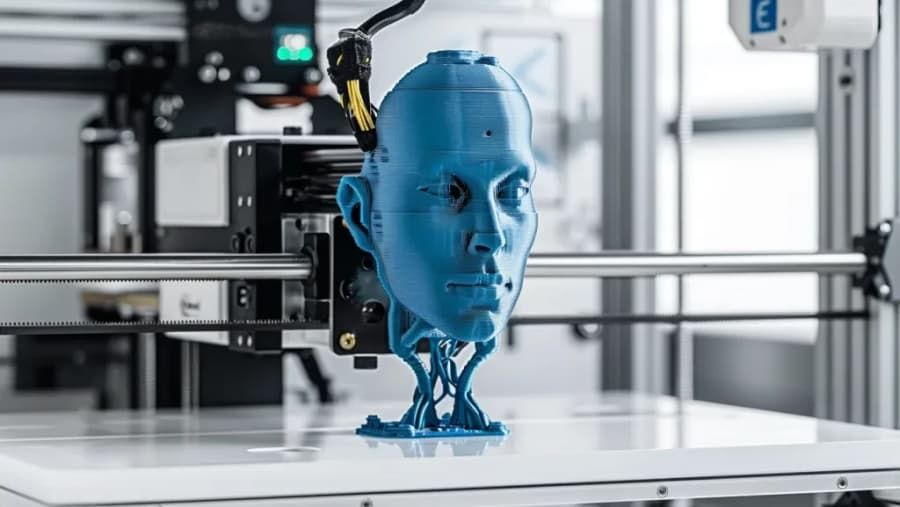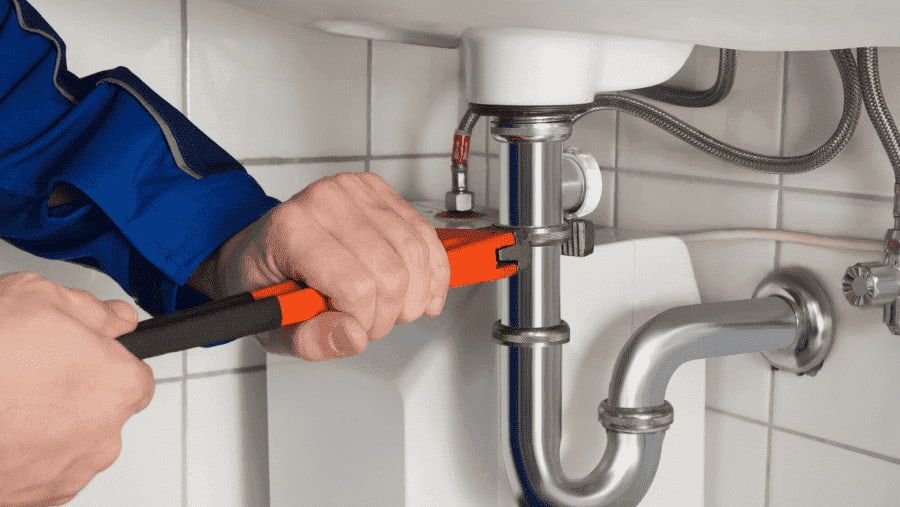Creativeness Unlocked towards the Future: 3D Printing and Filament Technology
We live in a world of new ideas, from how 3D printing is changing industries by making endless creations possible and providing efficiency like never before.

What Is 3D Printing?
Additive manufacturing, or what is called 3D printing, is a state-of-the-art technology whereby three-dimensional objects are created by successive layering of material. This is very different from traditional methods that remove material, like machining. Using computer-aided design (CAD), engineers and designers make digital 3D models, which are then turned into exact instructions for making the objects. This process offers amazing accuracy and flexibility, making it very important for many uses, including creating prototypes, custom manufacturing, and producing items in batches.
Filament 3D printing belongs to 3D printing and is the main attribute to Fused Deposition Modeling. This process works by forcing melted plastic filament through a hot nozzle, layer by layer, cooling eventually to create the end result. It is widely available, representing one of the more accessible technologies due to the low price and ease of processing, making it very popular for both amateur and industrial users.
Applications of 3D printing and Filament Technology
3D printing has vast application fields and great influences. It helps many key industries such as aerospace, health care, and construction make more creative opportunities. In the aerospace industry, it prints out the complex parts of jet engines and big frames used for turbines with high accuracy and decreasing in weight.
It allows, in medical applications, fast prototyping and access to personalized implants, prosthetics, and even surgical tools-according to a patient’s needs, all while vastly improving results. In construction, these facilities will let one create architectural models rapidly, all the way up to entire buildings, such as fully printed concrete bridges.
Filament-based 3D printing is used to make many things: toys and household items, with the important use in engineering prototypes that improve on product design. It is comparably cheap to run and reasonably accessible, hence quite suitable for educational purposes. It would encourage students and researchers in creation and learning.
Things to Consider While Selecting 3D Printing Technology
The choice of proper 3D printing technology and printer depends on a few major factors:
1. Material Compatibility: These are basically the types of materials the project at hand will require. Filament based FDM printer uses materials like PLA, ABS, PETG, while other methods of 3D printing employs use of resins, metals, and ceramics.
2. Application Requirements: The product requires mechanical strength, heat resistance, and flexibility. Selection according to application gives the best results.
3. Budget Constraints: Consider the costs of the printer, materials, and finishing required. Filament printers are normally a good option in giving a decent output while still being inexpensive enough for most needs.
4. Precision and Complexity: Complicated designs or detailed models could be handled better with technologies like SLA, but filament printers can handle many of the more simple tasks.
5. Scale and Speed: If printing big objects or more than one copy, the build volume and printing speed count.
Top Picks - 3D Printers
Several renowned companies lead the market in providing reliable 3D printers suitable for different applications:
1. Ultimaker: Popular for easy configuration, open-sourced, and printing of high-quality results.
2. Prusa Research: Known by many for making extremely customizable, reliable FDM printers, be they for industrial or amateur use.
3. Formlabs: Focuses on SLA technology, providing high accuracy for detailed models.
Technological Innovations Driving Change in Filament 3D Printing
Technology continues to improve filament 3D printing, expanding the possibilities. Key improvements include:
1. Smart Filament Technologies: Sensor-enabled smart filaments have begun to change our concept and operation of 3D printing. These filaments can give real-time information on conditions during printing, thus enabling quality verification and changes whenever necessary. In this way, it makes printing more reliable and reduces waste by minimizing the number of failed prints.
2. AI and Machine Learning: AI is just beginning to appear in the development of filament 3D printing by improving print settings with the help of prior data and prediction. Machine learning allows going through earlier prints, advising better design or material use that can be useful for higher productivity.









